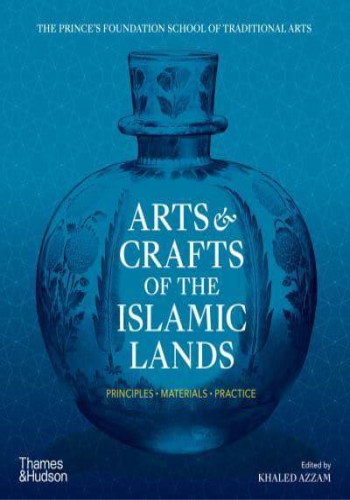This book celebrates the thriving world of Islamic arts and crafts, as well as presenting the rich cultural, philosophical and historical heritage that contemporary artists and craftspeople still draw on today. Based on decades of research and expertise, and written by tutors at The Prince's School of Traditional Arts, one of the world's leading schools for the study of the traditional crafts of the East and West, it provides unparalleled access to a glorious range of methods, materials and skills.
The book is organized into three chapters. The first explores the fundamental principles of Islamic arts and crafts: geometry, islimi and calligraphy. The second introduces widely used materials and tools, including pigments, gesso panels, gilding equipment, brushes, pens and paper. The third provides fully illustrated step-by-step guides to the crafting of artefacts and artworks, including Kufic calligraphy, plaster carving, Mughal and Persian miniature painting, parquetry, ceramics, mosaic and glassblowing. The history and significance of the techniques and materials used are explained, accompanied by numerous illustrations of masterworks found throughout the Islamic world.
This comprehensive and accessible volume, packed with over 1,000 images, connects cultural history with modern practice. It is a vital reference and practical resource for craftspeople, artists and students from all backgrounds who seek to engage with the Islamic world.
With over 1000 illustrations in colour







